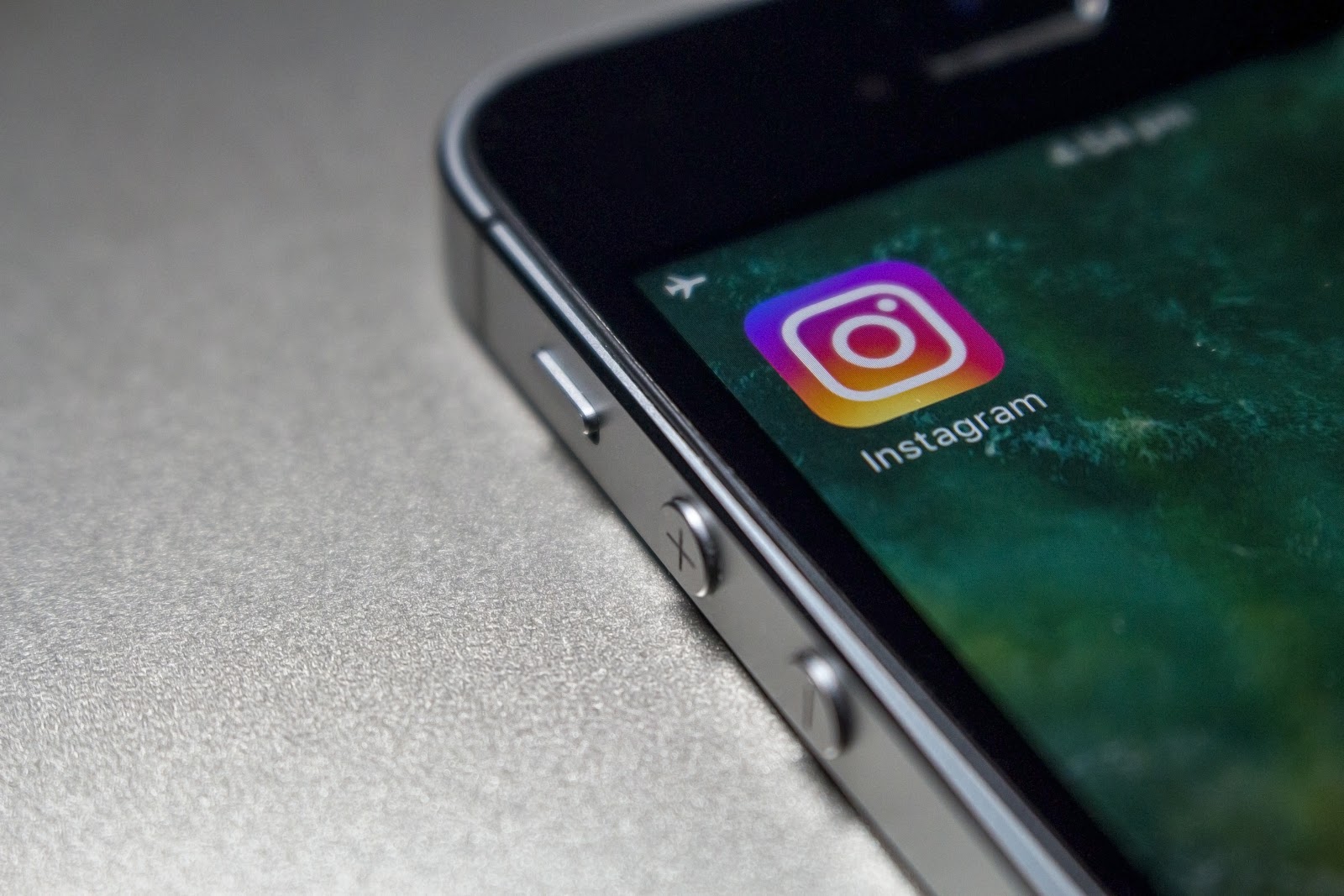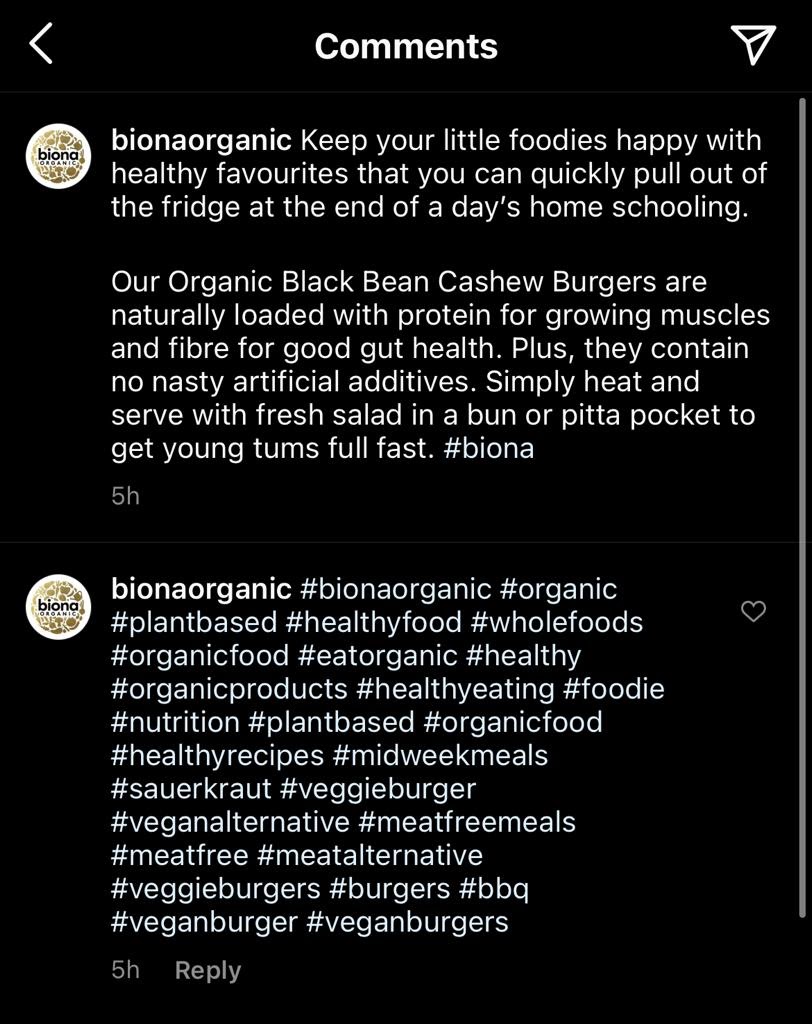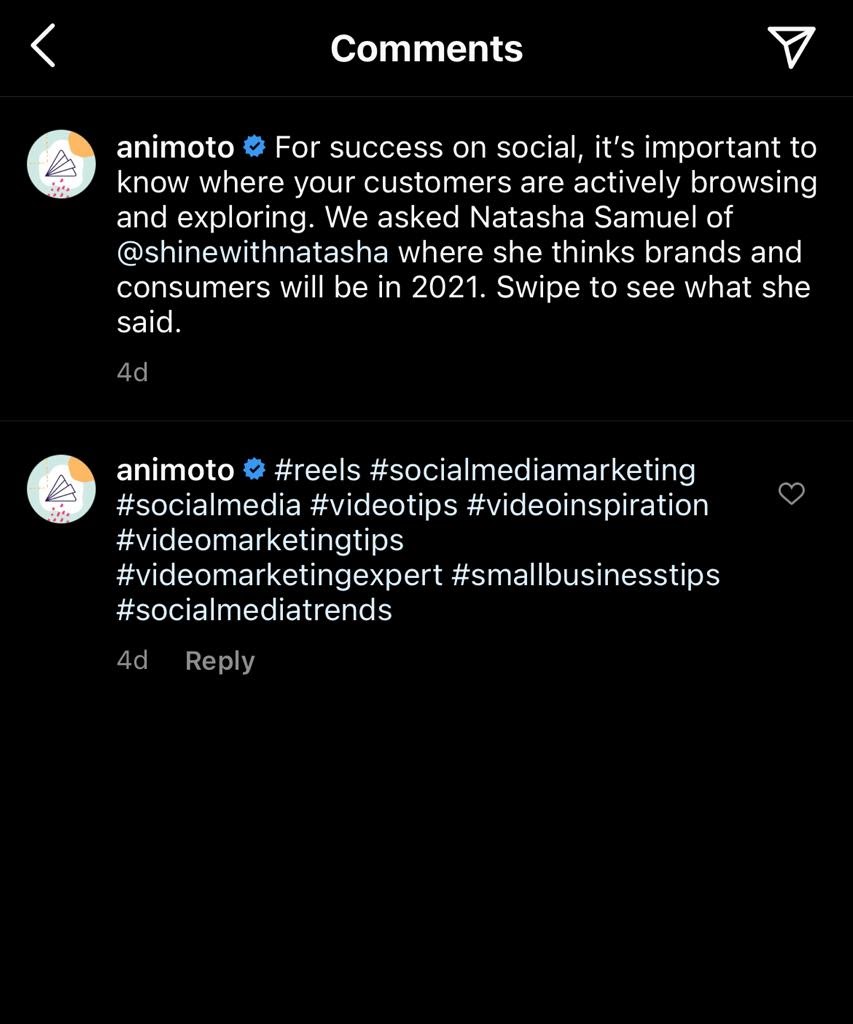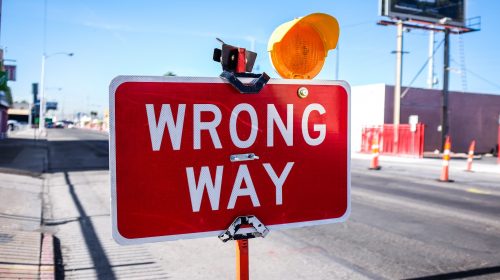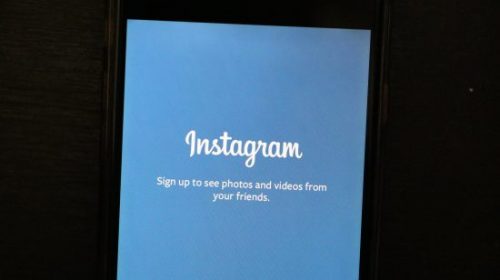With a 12.6% better engagement rate, Instagram hashtags have been the holy grail for businesses to generate more leads and grab customer attention. For businesses with public Instagram accounts, using a relevant hashtag means visibility on the equivalent hashtag page. Therefore, the right hashtags can get you a front-row seat with your intended audience.
If you’ve recently launched your business on Instagram and don’t know where to begin with hashtags, here’s a short guide that will cover it all.
What Is A Hashtag?
A hashtag is basically a word or a phrase used with a ‘#’ at the beginning. Social media platforms such as Instagram, Facebook, and Twitter use these hashtags to categorize topic-wise posts.
Therefore, hashtags work as a funnel that enables businesses to create a more targeted reach. They help you attract your intended audience as well as let your intended audience find you. This essentially means more engagement with your brand because consumers then find exactly what they’re looking for.
Using Instagram Hashtags For Your Business In 2021
Using Instagram hashtags is pretty simple, but as a business, if you want to make the most out of it to ensure maximum reach, you’d want to use those hashtags right.
#1 – Know Your Audience
This may seem obvious, but you’d be surprised at how underrated this simple strategy is. Using a dozen of random hashtags on your Instagram posts and stories will not attract your audience. Rather, you’d need to find out what hashtags your intended audience is using. Understand how they are relevant to the content you’re posting.
Make sure your hashtags contain the keywords your target consumers are actually searching for. Here, Biona Organic Vegetarian Food (@bionaorganic) used hashtags such as #healthyfood, #organicfood, #healthyrecipes to reach out to its targeted consumers who are looking for healthy food options.
#2 – Know Your Competitors
A fool-proof way to find the right hashtags is to research your competitors and see what established brands in your niche are using. Check out hashtags by brands with similar products, content, or target audience. Your audience may be interested in related content, which increases their chance of coming across your brand by searching for those hashtags.
Carefully evaluate your competitors’ content strategy and try to identify the loopholes. While crafting your Instagram marketing strategy, make sure you address those gaps effectively.
Additionally, check out what hashtags your rivals used on their most popular posts and make a list of the hashtags your brand could use in future posts.
#3 – Know Your Brand Influencers
Established Instagram influencers of your niche have the same target audience as you. Hence, when you follow them on Instagram and do your homework on which hashtags they’re using, you essentially learn from the best.
For instance, if you’re a skincare brand, you’ll notice millions of skincare influencers using the hashtag #skincareroutine. Similarly, you’d need to find out influencers relevant to your niche and drill down on the hashtags they’re using.
In this post, travel influencer Jack Morris (@doyoutravel) uses the hashtags #fromindonesiawithlove and #wonderfulindonesia. If you’re a travel agency planning trips to Indonesia for your travelers, these hashtags might come in handy.

#4 – Use Your Hashtags In The Comment Section
Many brands make the mistake of using 15-20 different hashtags in the caption of their Instagram posts without realizing how messy (and spammy) they look. It practically ruins your brand sophistication, which is exactly why you should avoid it.
Rather, place your hashtags in the first comment of your Instagram post. This way, you keep your brand image intact while also ensuring maximum engagement. It’s a win-win.
Check out this post by Animoto (@animoto), where they kept their caption neat and concise while using relevant hashtags in the first comment of their post.
#5 – Use Hashtags On Your Instagram Stories
Yes, you can now add hashtags to your Instagram stories. This gives you an additional way to leverage your content and attract a new audience. You can add 10 hashtags at max on every Instagram story as well as 1 clickable hashtag sticker.
#6 – Use Branded Hashtags
A branded hashtag refers to a hashtag unique to your brand. It can be something as simple as your company name or brand tagline. Alternately, you can use a hashtag relevant to your brand image.
Branded hashtags are meant to create a theme and connect you to your audience. You can also use branded hashtags to promote your campaigns.
For instance, NVIDIA used the hashtag #UltimatePlay to hype up the launch of their GeForce RTX 30 Series graphics card.
#7 – Track Your Own Hashtag
Your job isn’t done once you have your own hashtag. You now need to follow it and look at people’s engagement with your brand. Tracking your own hashtag is a simple yet effective way to know what people are saying about your brand and develop a meaningful connection with your audience.
#8 – Organize Your Hashtags
With time, you’ll notice a relationship between specific hashtags and your top-performing posts. This will help you track which hashtags go best with your brand.
To curate a list of effective hashtags, you can use an Excel sheet to keep track of all your hashtags. Sort them by which hashtags to use, how often, and which ones correspond to your most engaging posts.
#9 – Specify Your Hashtags
Narrowing down your hashtags makes it easier for your brand to reach out to your intended audience. If you’re a marketing agency, using #marketing may not be the best idea because it’s an extremely broad topic. Try searching for #marketing, and you’ll find everything ranging from motivational quotes, sketches, aesthetic food, memes, and shoes.
Moreover, given how elaborate the hashtag #marketing is, think of it from a customer perspective. Consumers are more likely to search for something specific instead of searching for a broad theme like #marketing. Instead, try using specific hashtags such as #digitalmarketing or #socialmediamarketing.
#10 – Figure Out The Number of Hashtags That Works Best
While some brands use 3-5 hashtags, others use 7-15 hashtags per post. Hence, there is no right number for everyone. Experiment with numbers and see what works for your brand. For instance, Hubspot uses 7-30 hashtags every post. Using the trial and error method to see how you perform well is the best way to go about this.
Final Words
Using Instagram hashtags effectively is a brilliant way to reach out and connect to your audience and develop a long-term relationship with them. Of course, you need to ensure you’re using them carefully or risk getting shadow-banned. If you’re ready to get started with your stellar Instagram marketing strategy, you can use Postfity to effectively manage and schedule your Instagram posts. So, you can get started on your 30-day free trial right today!
